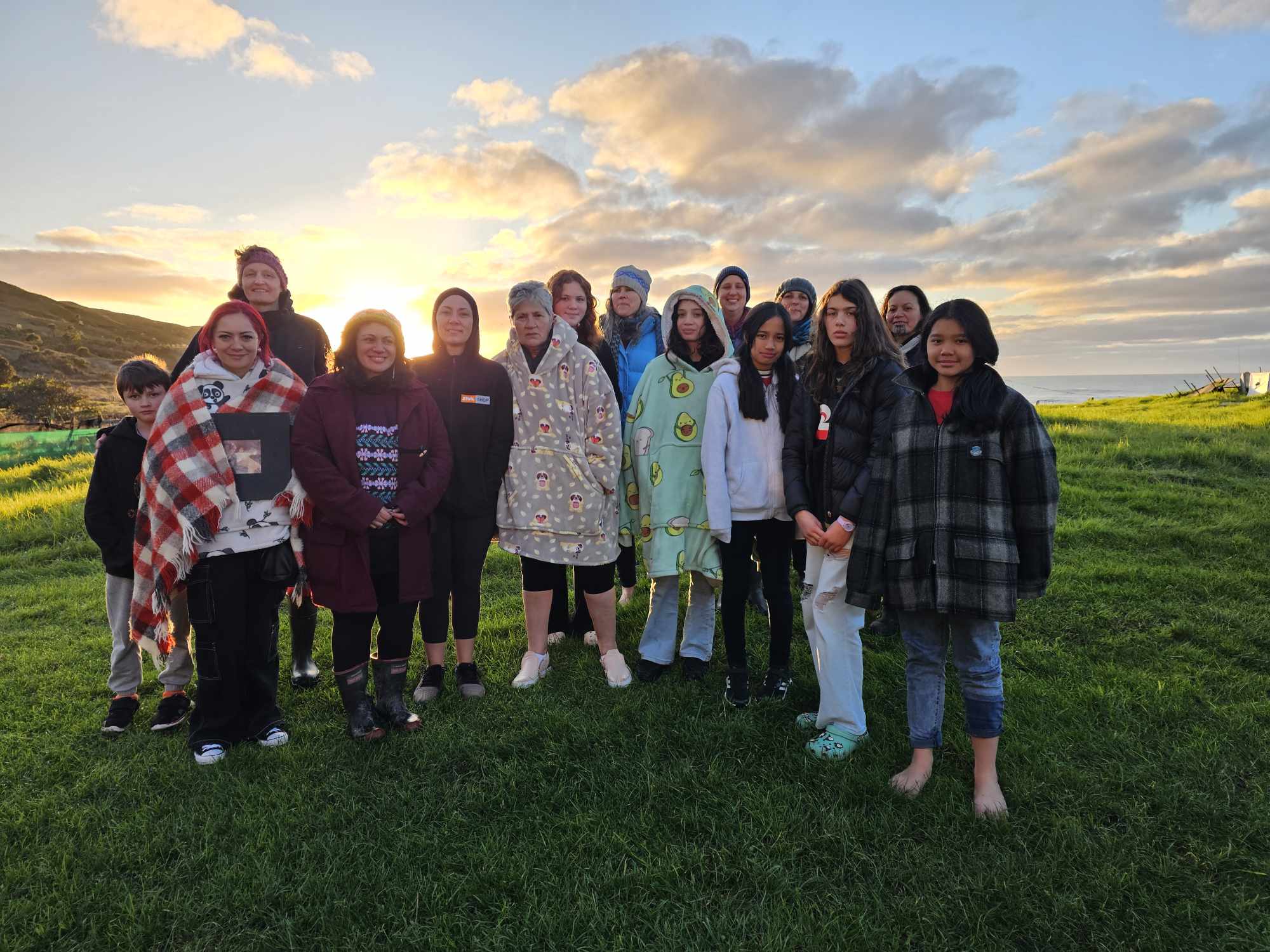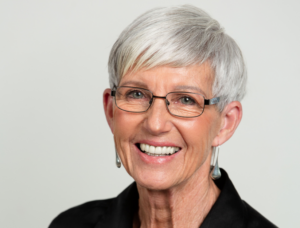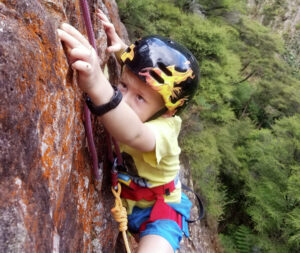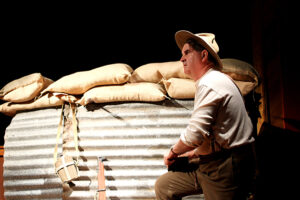ADVERTORIAL
-By Ava McQuarters, Year 8
At our kura, we have two very special and important rōpū designed for our school leaders.
These were created by a komiti that incuded our kaiako and our whānau in 2011.
One rōpū is called Mana Kōtiro and the other, Mana Tama.
Both groups were designed to support our respective Mana as Tama and Kōtiro.
As I am Kōtiro, I will speak to my experience as part of the Mana Kōtiro crew.
However, before I can tell you what Mana Kōtiro is, you first have to understand the two kupu.
Mana has multiple meanings but in this context it means to be grounded and comfortable in your tuākiritanga – identity and walk always with integrity.
Kōtiro means young lady or girl. Mana Kōtiro was created to help us further develop our strength in cultural identity through tikanga and kaupapa Māori.
The intention was to help kōtiro grow comfortably and confidently in their own skin.
At the start of the term we sit and brainstorm all of the different things we could do.
We choose activities that allow us to have experiences that we may not necessarily have access to living away from the big cities.
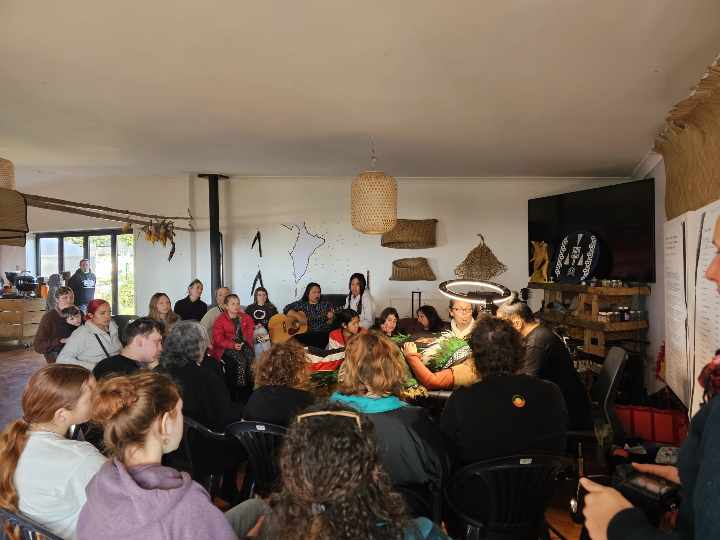
Activities are also Māori based or have something to do with us becoming strong independent young wāhine, teaching us to be self-sufficient and believe in our ability to confidently trek any journey we choose.
None of this is possible without the support of our mums, our aunties, our nannies and of course, our kaiako.
Our rōpū is surrounded by resilient and driven wāhine who encourage us to be who we want to be – while continuously keeping our Mana intact.
Once we know what we are doing and how much we need to raise – we start fundraising.
Some of the things we did to get money was sell hot chocolates at school and also sell firewood.
The wood was donated by one of our school whānau.
It sounds easy enough, but we soon foud out, it is not that easy being entrepreneurial and actioning our big ideas.
One of the activities we participated in was going to watch a play called The Handlers.
It talked about Māori women in the 1900s who worked in a pottery factory.
Back then, Māori were not allowed to have multiple whānau members working in the same division.
This meant that there was no reason for big numbers of whānau to have time off and slow down the production line.
However, in the play, some Māori whānau had lied so they could all work together.
This created problems and ignited protests across Tāmaki Makaurau.
Another experience we’ve had was attending a Mokopapa in Te Mahia that Whaea Metiria shared with us.
A Mokopapa is a very special ceremony where you are gifted a Moko kauae.
A Moko kauae is a woman’s connection to her whānau and her leadership role within her hapori.
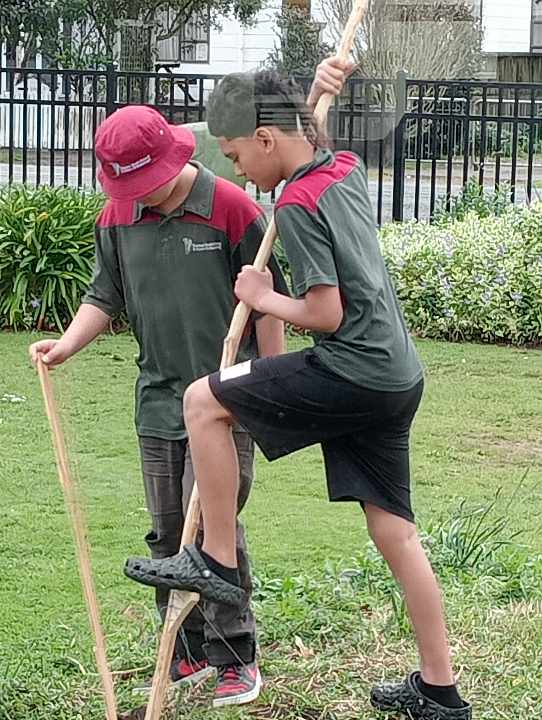
Students design traditional kō
By Axel, Te Kauri and Riki (Year 6 and 7s)
At the beginning of this term our class had a look at historical pā sites across Aotearoa.
We investigated places like Rangiriri and Ruapekapeka.
As a part of our rangahau – research, we looked at the depth of the trenches, the tools that were used to create them and the mahi that went into planning and creating them.
We found that the Rangiriri trenches were between 2.7 and 4.2 metres deep.
We also discovered that the trenches were created with traditional Kō.
In our mahi with Matua Trif we designed our own Kō. Matua Trif took us into our local ngahere and we chose long pieces of privet that were strong and as straight as possible.
When we came back to kura with our rākau, Matua showed us how to shave the bark back to give our rākau a more natural look.
Once we were happy with the appearance of our rākau, we then used an axe to shape the end of our Kō into that of a spear.
We had to be really careful with the sharp tools.
After this we found pieces of wood to shape as foot pieces that would be attached to our Kō and help us drive it into the ground.
To attach these foot pieces, we used rope and tried to bind the pieces together as our tupuna would have.
We weren’t very good at this and it took a few goes before our pieces were secure enough to use.
We finally finished our Kō and Whaea Tineka had given us a Maths assignment that meant we would have to calculate how long it would take us to dig a 2.7m hole using our traditional Kō.
We were really happy when Whaea told us that we could calculate this without having to dig the whole 2.7 metres.
We used our Kō to dig a hole that was 10cm deep. This took us 4 minutes and 18 seconds.
We then had to multiply this by 270. We worked out that it would take us roughly 19 hours to dig 2.7m.
We didn’t think this was too bad until Whaea told us that the trenches at Rangiriri were nearly a kilometre long.
Learning about this and doing the physical work with Matua Trif showed us just how amazing our ancestors were.
It also left us with so many questions.
How many people dug the trenches?
How long did it take?
Did they have a hack that we haven’t figured out?
We pay tribute to all of our tūpuna who lost their lives not only in the Rangiriri Battles but those that took place all across Aotearoa.
We will always be grateful for the legacies they have left us.
We stand on the shoulders of giants.
We whakapapa to giants.
We are the uri of giants.
Ka whawhai tonu matou, ake ake ake.
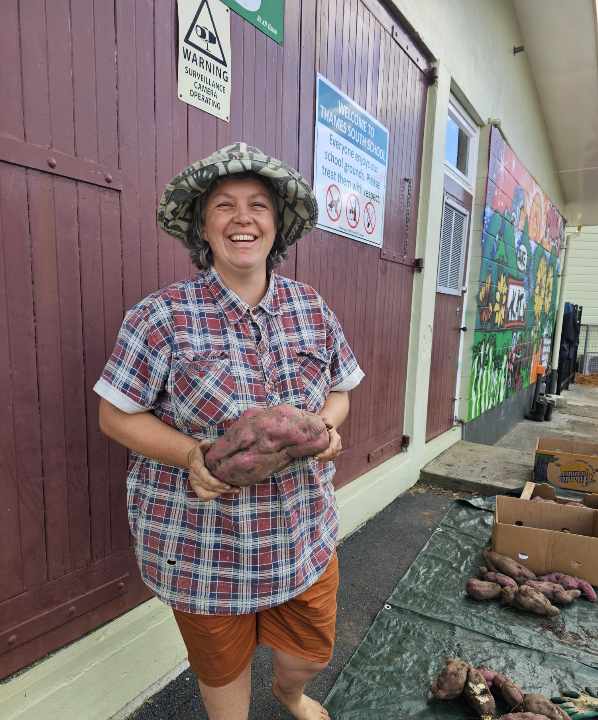
New mural inspired by healthy kai
By Katelyn, year 8, and Anahera, year 7
When you drive past our kura, your attention will be captured by the stunning and colourful mural that dons the old brick wall behind our hall.
This mural was inspired by the array of healthy kai growing in our Māra.
Our Māra was created to promote connectedness to Papatūānuku, making healthy kai accessible to all, and community kotahitanga, with the guidance and tautoko of our whānau; The Basket Hauraki.
We want everyone to feel welcomed when they come by our kura and take some kai from our garden, as this is our way to give back to the community.
But please remember to take what you need and to leave some to share.
There’s plenty to go around for everyone, so please enjoy.
Our Mārakai Mural was painted by Josh, an artist from Whanganui and 6 senior students from our kura.
The bright, vibrant colours of our Mural are there to add colour and a warmness to our garden all year round.
We want to acknowledge Whaea Jo, Whaea Andre, Whaea Tes, Whaea Laura and Matua Shaked (and all of our kaitautoko) for harvesting and replanting our huawhenua – vegetables to ensure everything is freshly grown and taken care of.
Our whānau here not only oversee the care of our Mārakai, they also teach us about the process of planting, feeding, harvesting, and storing our kai.
Not only do we use our Mārakai as a learning kaupapa, but we also use this space to recentre our wairua and connect with our Atua in our search to find our mauri tau.
You will often see tamariki of all ages in the garden picking weeds and cleaning it up just to have time to themselves.
Our Mārakai is good for our hauora and that of the whānau.
We have just completed the harvest of our Winter kai and soon we will start to plant our spring and summer kai ready to share.
If you have some spare time, come and tautoko in our Mārakai we would love to learn alongside you.
Nau mai, whakatau mai.

Kapahaka kicks off
By Bella and Jorjena
When it’s Kapahaka season we always start the term with plenty of members. As the weeks go by and the practice gets more and more challenging, our numbers dwindle leaving the best of us.
From day one of our Kapahaka season we find it hard learning or re-learning the skills involved.
The poi this year is a classic that has been performed by one of the most famous adult kapa in Tāmaki Makaurau – Auckland, so we definitely have our work cut out for us.
The boys also have a full schedule of hard mahi in front of them, learning words and actions over and over again until it is embedded in their hinengaro.
It helps to have a background in Te Reo Māori when learning new waiata.
This way you can identify which word is connected to which action. It has taken us weeks and weeks to learn only half the words to our poi.
When you have historic composers writing your waiata, you can’t afford to get the words wrong.
Making sure the words are sung properly and accurately is a show of respect for that kaitito – composer.
Over the weeks we’ve become more and more confident with our poi and haka.
We are a long way off from nailing it, but we’re getting there. We have been practicing really hard as most of us haven’t been on a competitive stage before.
We’re constantly told to pukana here and to smile there and for some of us, knowing when to pull the right look is challenging.
As a lot of our members whakapapa to different parts of the world, making a connection to the words is a bit more difficult for them.
However, it has been so humbling to watch our non-Māori kapa members fully engage and enjoy learning a piece of our culture.
With four days left before our first performance, we are now working hard to refine our items, and sort our kākāhu.
There is so much work that goes into preparing our kākāhu. We have to make sure that there are enough kaitaka for each kōtiro and then check that our piupiu are all in order and ready to go.
Our Whaea have been working hard to make sure our poi are made strong and ready for the stage.
We currently have Patu being made by some of our whānau but we won’t be using those for this performance.
What we have come to appreciate is all the work that’s done in the background by our kaiako and whānau.
We may be the ones getting ready to take the stage, but in the background, what no one sees is how many hours go into the composing and choreography of a 20 minute bracket.
Also the preparation of our kākāhu and preparing these for the papa tūwaewae – stage.
On the day of our performance, we kaitahi (eat together). We have a full breakfast and then all the crazy starts.
We get dressed, we adorn our moko; mataora for tama, moko kauae for kōtiro, have a run through of our bracket and then make our way to the venue.
Wish us luck.
Te Kura o Te Kauaeranga ki te Hoe.
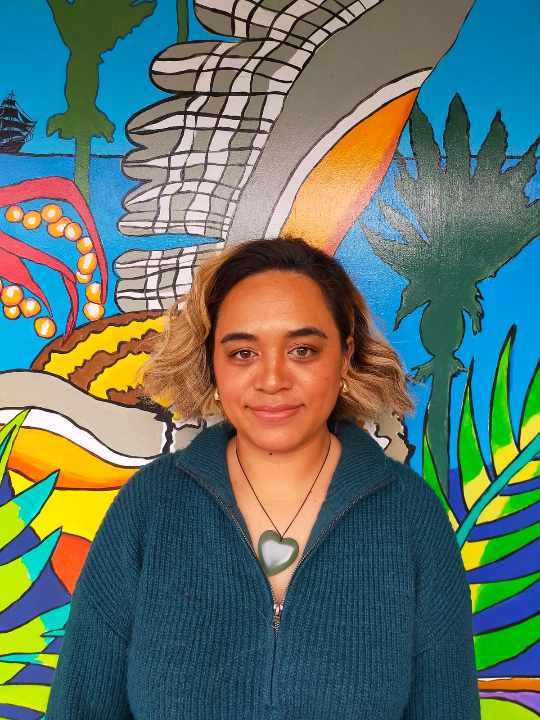
Manuwhiri visits from Germany
By Matua Trif
We recently had manuwhiri visiting our class from Germany. To welcome our visitor the class introduced themself and a highlight of their time at Te Kura o te Kauaeranga.
For many of our tamariki it was our haerenga to the hukapunga.
We are so lucky in Aotearoa to have easy access to a large range of outdoor environments and our timuaki believes that our classroom should include all of them.
So with our rōpū, including year 3 to year 8 tamariki, we set off to Te Manawa o te Ika a Maui on August 12.
To break up the driving we stopped at Whakarewarewa Village to learn about how tangata whenua live their lives in connection with Ruaumoko – atua of earthquakes and volcanoes.
Our tamariki loved eating kai cooked in the thermal water and joined in with their kapa haka rōpū.
A highlight for me was staying at the Mangatepopo School camp which was loaded with history including my own year 6 school camp in 1987.
Even though it was a 20 minute drive from the Whakapapa Ski Field, it was makariki.
Our tamariki were amazed at the water left outside freezing solid overnight.
To develop our confidence moving around on the hukapunga we started with sledding.
Racing each other down the mountain was pure fun and meant that we were keen as to graduate to snowboarding the next day.
After picking up our boards, boots and helmets we met our instructors who were from all around the world.
By the time our rōpū reached the bottom of Happy Valley we had control over our boards so could stop on command.
After working so hard we were stoked to immerse our tinana in the waiwera at the Turangi Community Pool which also included a manu platform and rock climbing wall where we fell off back into the water (hopefully someone from the TCDC Pool Development team are reading this and feel inspired).
Our last day was skiing and our rōpū made the most of their day and were the last ones still on the hill when the lifts closed.
I am proud of our tamariki for embracing all of the challenges of the week and seeing the amount of growth that can happen in a safe and stimulating environment.
Each day our tamariki were invited to share their highlights, learning and those that had inspired them.
These reflections would take most of the evening showing how rich the learning experience was.
Nga mihi nui to our camp helpers Whaea Tess and Matua Frank as well as Whaea Di for prepping so much delicious, nutritious kai to keep our tinana fully charged. The new additions to our team: Nei rā te mihi manahau, te mihi whakaiti ki to tātou kanohi hou a Whaea Dallas Beazley.
E kii katoa ana te kete o Whaea Dallas ki ngā pukenga whakaako, noreira nau mai Whaea, ki waenganui i a tātou o Hauraki. Nau mai haere mai ki Te Kura o Te Kauaeranga.
We humbly extend our warmest welcome to the newest member of our kura whanau.
Whaea Dallas hails from Te Taitokerau and currently resides in Kaiaua with her whānau.
She is working in Te Haeata weaving her magic with our tamariki, as Whaea Jenna is busy being a māmā to her new pēpē.
We look forward to learning alongside you, Whaea Dallas. Ngā mihi and welcome to our whānau.
We would also like to extend our warmest congratulations – he mihi manahau and well wishes to Whaea Jenna and Matua Justin on the birth of their new pēpē.
Taikī will be an awesome tuakana.
We look forward to meeting your new tama and wish you all the best.
Ngā mihi to your growing whānau.
Get lots of rest.
